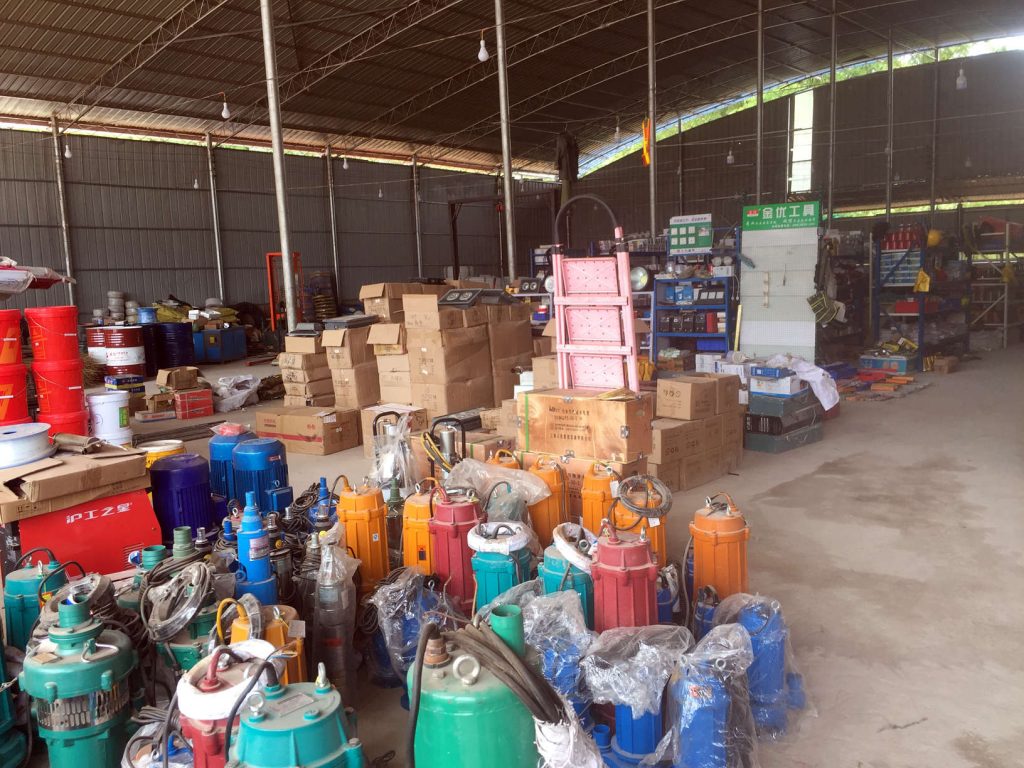現代パキスタンにおけるパルダの実践とその意義/パンジャーブ州の事例
対象とする問題の概要 本研究は、現代パキスタンにおけるパルダの実践を、主に女性に対する聞き取り調査や、参与観察を通して明らかにしようというものである。パルダとは、インド、パキスタン、バングラデシュを中心とした南アジア地域に広く存在する性別…

Southeast Asia has experienced a long history of Chinese emigration. In Laos, which shares a border with southwest China, Chinese migrants have occupied a crucial position in its economic, social, and political life since the 15th century (Tan, 2015). To a certain extent, the spread of Chinese migrants is assisted by their social networks (Yen, 2008; Tan, 2012; Redding, 1990. Definition of social networks adopted in this research is sets of interpersonal relationships such as relatives, same ethnic group, same hometown, schoolmates, friends, neighboring relationships which connect migrants, former migrants, and non-migrants to one another. At the beginning of the 21st century, the growing involvement of China in Southeast Asia has been followed by a boom of new migrants. Due particularly to the “Belt and Road Initiative” launched in 2010, construction workers and businessmen, aiming to be involved with the project, are flowing into this area. The extraordinary transformation in this area has created some challenges for earlier migrants and new migrants, as well as for their social networks.
The purpose of this study is to understand the impact of the construction of a huge infrastructure project on the function and characteristics of the social networks that Chinese migrants develop. This case study on one site receiving an influx of Chinese migrants examines Muang Xay, Oudomxay Province of Lao PDR, where the first station of the China-Laos Railway is under construction.

Interviews based on an open-ended questionnaire were conducted with 177 of a target of 210 individuals who represented a variety of professions and origins. These interviews show that regarding the origins of migrants, earlier migrants are mainly from the Hunan, Sichuan, and Zhejiang provinces while new migrants arriving for the construction of the China-Laos Railway have more diverse origins, coming from places like Beijing, Hebei, Henan, and others.
Earlier migrants earn their livelihood through methods including running general stores, restaurants, and cellphone stores, and a few of them manage hotels or clinics. New migrants tend to work in fields more oriented towards railway construction, like cement factories, hardware stores, and truck stores.
Earlier settlers’ social networks are usually based mostly on kinship and play a crucial role before and during their migration process; After the migrants have become established in Muang Xay, they barely rely on their relatives. However, new migrants stimulated by the railway construction tend to build social networks after their migration. Most of the new migrants are younger and tend to build networks based on friendship and business connections, rather than relying on relatives’ help. Finally, new migrants and their social networks are influencing and incorporating the earlier migrants.
In this study, social networks of Chinese migrants are only discussed as they exist within the Chinese community. However, the networks themselves are undoubtedly connected with people in the area receiving the migrants as well. For instance, because most migrants cannot speak the Lao language before and immediately after moving, many people of the Haw minority who can speak Chinese are hired by the migrants there. The Haw are playing a role in connecting Laos society and Chinese migrants as a part of the migrants’ social networks. Therefore, the impact of the local society’s connection to Chinese migrants within both the local and migrant communities should be studied further.
【1】Redding, SG. 1990. The Spirit of Chinese Capitalism. New York, NY: Walter de Gruyter.
【2】Tan, D. 2015. Chinese engagement in Laos: Past, present, and uncertain future. Pasir Panjang, Singapore: ISEAS Publishing, Institute of Southeast Asian Studies.
【3】Tan, D. 2012. “Small Is Beautiful”: Lessons from Laos for the Study of Chinese Overseas. Journal of Current Chinese Affairs, 41(2), 61-94.
【4】Yen, C. 2008. The Chinese in Southeast Asia and beyond: Socio-economic and political dimensions. Singapore: World Scientific Publishing.
Copyright © 附属次世代型アジア・アフリカ教育研究センター All Rights Reserved.